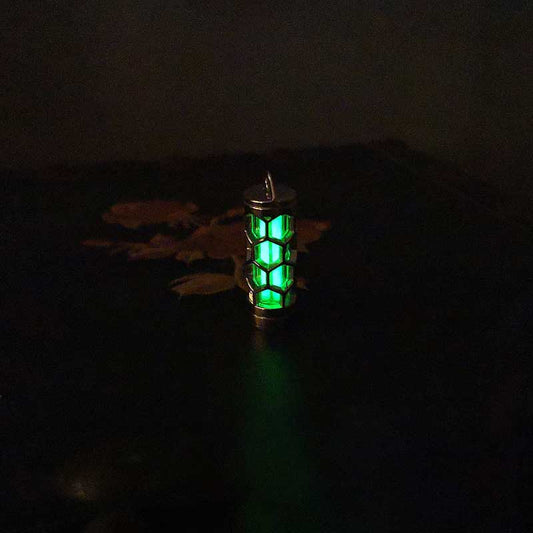Reviving the Shine Cleaning Silver with Vinegar
Reviving the Shine Cleaning Silver with Vinegar
Growing up, my grandmother's silverware was like a family heirloom, treasured not just for its monetary value, but for the memories it evoked. Sunday dinners at her place always meant a beautifully set table, each piece of cutlery reflecting the soft glow of candlelight, with stories from past generations almost whispering through the antiqued shine. But as years passed, time took its toll on the once-lustrous pieces, leaving behind a dullness that seemed to echo the passage of years. It was during one of those fond-memory-polishing sessions that I stumbled upon an unexpected ally in restoring their brilliance—vinegar.
Silver might seem intimidating to care for, with its reputation for tarnishing and the belief that only special polishes can do the job. But the discovery that something as basic as vinegar could work wonders was a revelation. This kitchen staple, with its naturally acidic properties, acts like a gentle abrasive, soft enough to be kind to the silver yet strong enough to strip away the oxidation that dulls its shine.
To revive your own silver treasures, begin with the simplest of steps: a mixture of white vinegar and baking soda. The ratio is flexible—a cup of vinegar to a couple of tablespoons of baking soda will generally do, but it’s not exact science; there’s a refreshing freedom in being able to adjust as you go. Submerge your silverware in this fizzing concoction, allowing the reaction to do most of the work. After soaking for a few hours, a gentle rub with a soft cloth should reveal a visible transformation. It’s a bit like witnessing a caterpillar turn into a butterfly—well, perhaps that’s dramatic, but the renewed glow is certainly delightful.
What I’ve come to appreciate about this method is not just the simplicity, but the connection it fosters with the past. Vinegar has been used for centuries, not just in culinary exploits or as a humble cleaning agent, but as a reminder of a simpler time. There’s something profoundly satisfying in returning to basics, in using what’s available and making it work. For me, there’s also a certain nostalgia in the act—reminding me of days spent in my grandmother’s kitchen, watching her craft everyday magic with her old-world remedies.
Of course, there are a few quirks to consider. The smell of vinegar might not be to everyone's taste. It lingers like an uninvited guest, sometimes overstaying, but it does dissipate, leaving only the cheer of renewed silver behind. And while this method is generally safe, it’s best to avoid it for silver-plated items, as prolonged exposure could wear down the plating.
In the end, using vinegar to clean silver isn’t just about the practicality and the thriftiness; it’s a small rebellion against the notion that we must always seek the new, the chemically complex. It’s a gentle nod to sustainability, to using what’s at hand, transforming the ordinary into the extraordinary. Next time you find your silver looking a little less than its best, consider the bottle of vinegar tucked away in your pantry. You might just find it’s all you need to bring a touch of brilliance back into your life.
As I polish the last fork, I can’t help but smile, thinking how happily my grandmother would have embraced this simple solution, yet another way to make everyday life just a little bit more beautiful.































